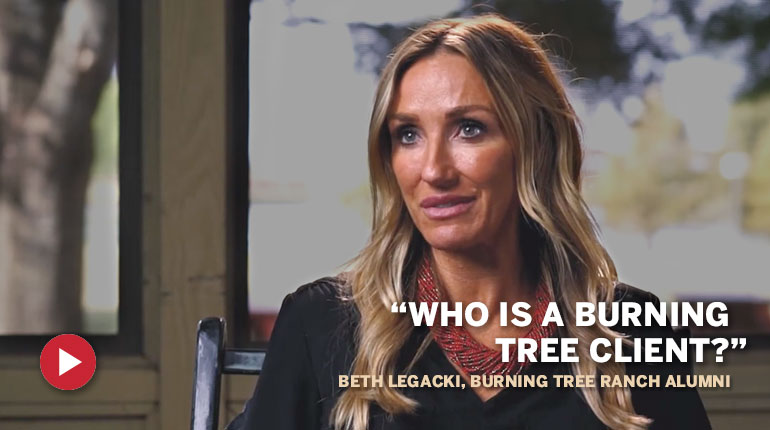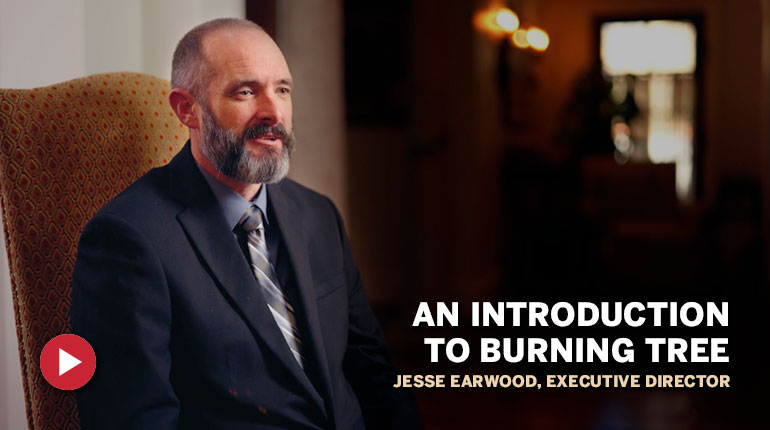Joy is something many people find elusive every day. They suffer from behaviors that keep them from being able to find true happiness. Expectation can get in the way of reality when it comes to finding purpose and peace. The brain and neurology can play a role in how people perceive their circumstances or respond to what they experience. Anticipation has roots in joy because it means people are looking forward to something that has not happened yet. It is easy to undo expectation and fear to create mental space that lives in anticipation. Perhaps part of the brain can be conditioned to learn how to love joy and ignore the messages trauma leaves behind in the form of anxiety, fear, and other things. Learn more about how people are researching the possibilities of joy and leaning into the brain’s power to adapt, even after addiction.
Neurology of Joy
When the brain is involved in everything, it makes sense that the brain is responsible also for eliciting joy. When people engage in experiences and situations where people are happy to see us or we experience satisfaction, the brain is conditioned. Joy becomes the norm for what people experience. Even in times of anxiety, joy can bring it down a notch and help people feel calmer. The reality is that joy can be hard to access when the brain is hijacked by brain injury or addiction. Things, like experiencing laughter, a sunset, or meeting up with friends that make you feel safe and connected, can bring joy. On a regular basis, they can reinforce the front of the brain’s activity that helps it focus on joy.
Expectation and Anticipation
Anticipation can know contentment because it is part of the journey. Spend some time thinking about expectations. Look at the differences in mindset when the front of the brain runs wild and free, thinking of all the wondrous things that can come around the corner. Joy, delight, and wonder maybe just waiting to be granted to an open heart and mind. The key is to unlock it when the brain is tied up with lots of things like trauma, addiction, and even injury.
Success of Joy
People who are able to feel successful in finding joy are those who do things that bring joy and pleasant feelings to themselves. These activities replace the time and energy spent on addictive behaviors, enabling them to experience pleasure without consequences. One of the approaches people have is to look at rediscovering healthy rewards. It is like rewarding the brain for rewiring itself. One therapeutic experience looks at behavioral activation therapy (BAT) which advocates for people rediscovering healthy life rewards. Rather than taking pleasure from dopamine that is released in the brain, people who use this approach find things they once enjoyed but stopped doing. This is true for many people with addiction as they leave behind things they enjoyed to keep up with using drugs. It might include things like:
- Cooking new foods
- Hosting a party
- Exercising
- Visiting a museum
- Trying a new sport
The ideal is to try one new activity each day for a period of time. The people who try this then rate how good they feel, or if they are not any happier now. More often than not, people find they are having more fun and are more engaged than ever before. Rewarding healthy behaviors can establish positive habits and shift things around.
Avoiding Triggers
One challenge of finding things that bring joy is also bringing in joyful experiences which are triggers. These pursuits are ones that people pursued and were doing that brought joy because they were a reminder of what they did when they were addicted. Another consideration is people with whom the person in recovery spends time during his or her activities. One person in recovery that people treated may like trying out cooking and hosting parties, while others like to spend low-key time with their family and friends. When they tap into something they used to love doing but lost touch with, they automatically feel like they are able to resource something deeper inside themselves that is from a well they never expected.
Tapping into this deeper well can activate new pathways in the brain to reward itself for this new, good behavior. There are other methods and ways to go about this, but it means that a person needs to find activities that will help them get through what feels like a difficult time in sobriety and encourage themselves to activate the joyful part of their brain again. It is hard to do in recovery because there is so much work to be done and so much negativity that can occur. The key is to remember how much this matters and why people are doing what they are doing. When they can activate a joyful place in their hearts, their minds might be able to follow that pathway back to some sense of where it was before addiction took hold. In addition to therapy, recovery programs, and healing work in a safe place, people can turn their lives around and find hope once again.
The neurobiology of addiction is not as well known for people with addiction. They may not understand how the brain and body work against themselves in many ways when they become addicted. The best way to get help is through a 12-step approach which is holistic. That is, the mind, body, and spirit find support for healing from addiction. At Burning Tree Ranch, we provide long-term care and coordination of services to help you get back on track with your goals for recovery. For more information, call us now at 855-791-7142.





